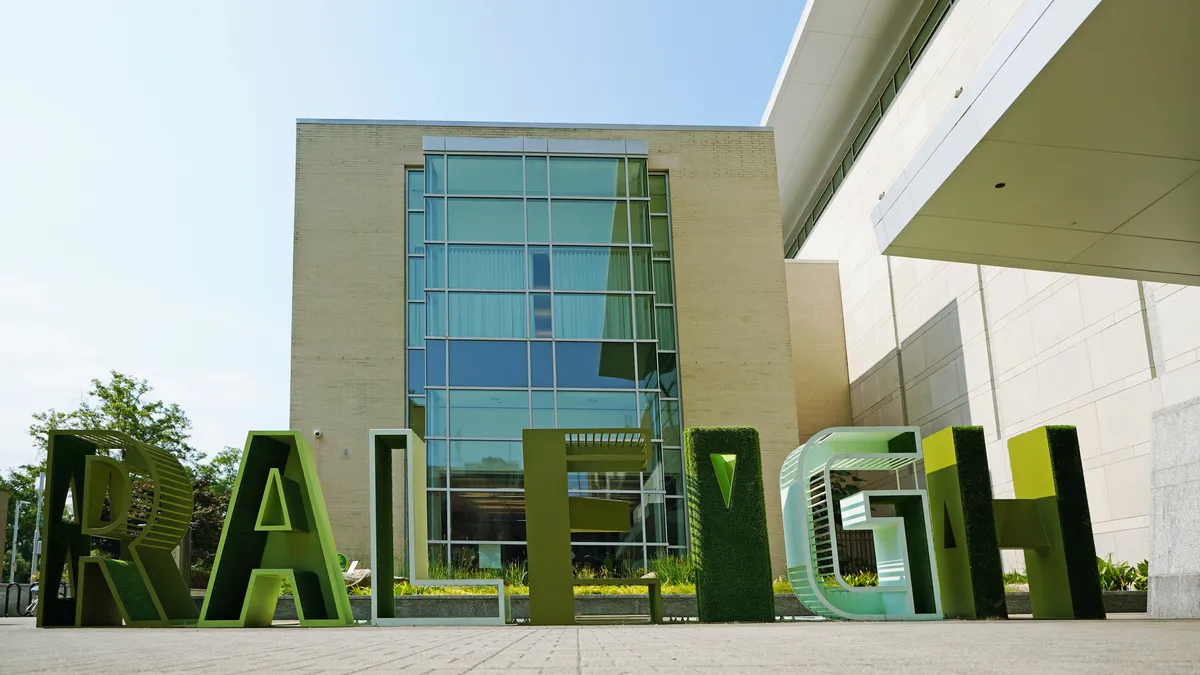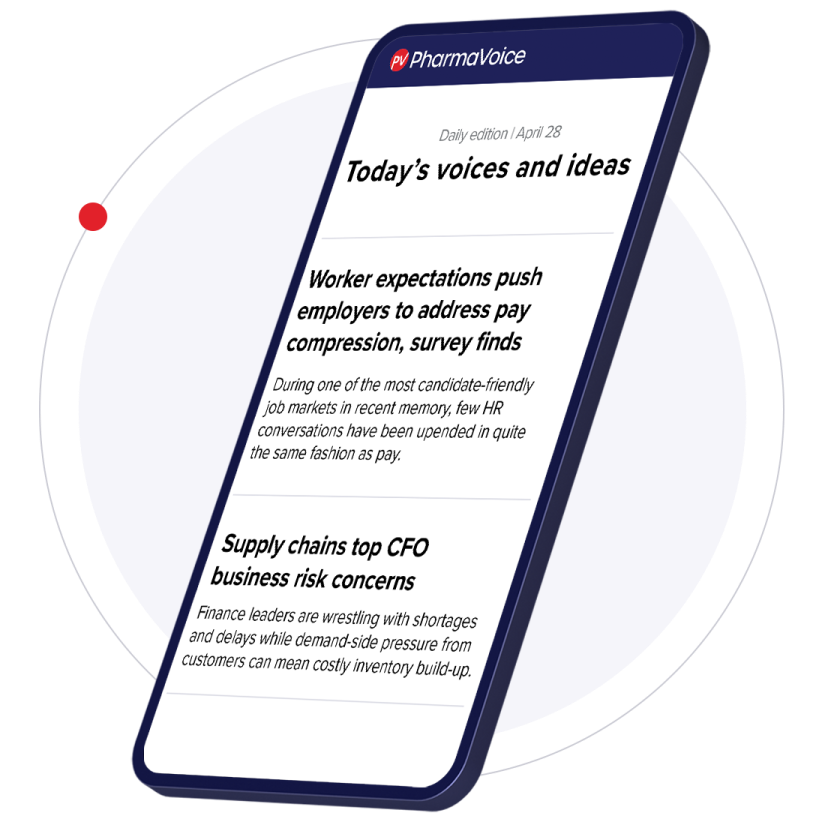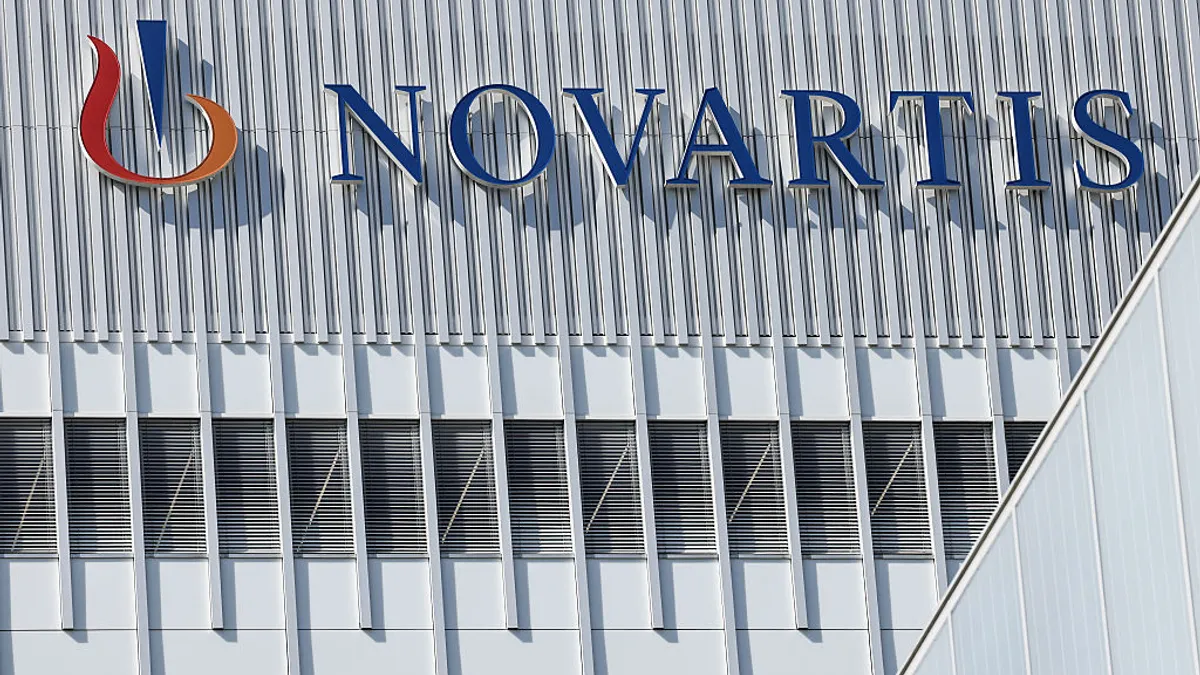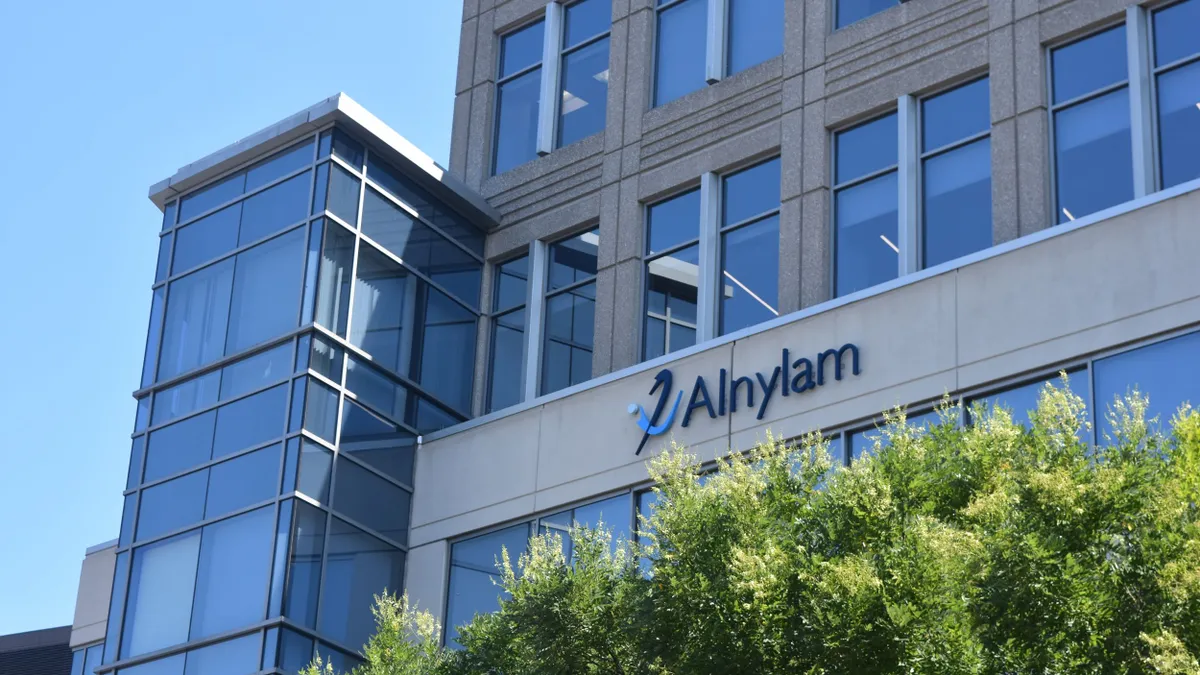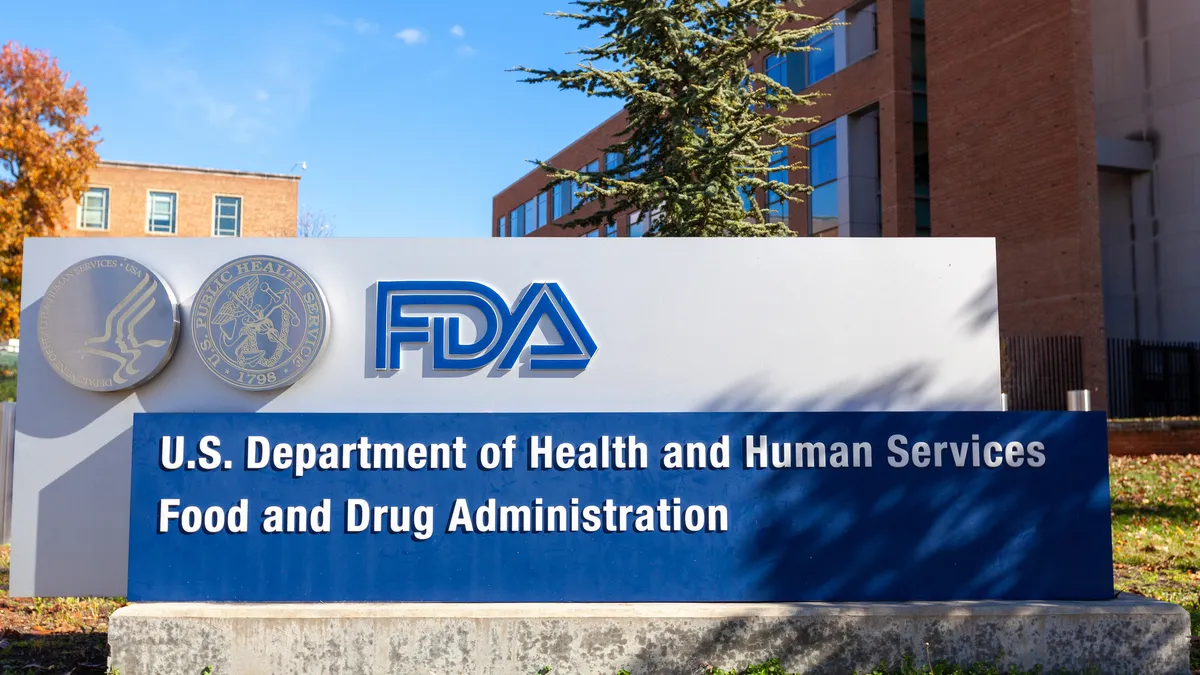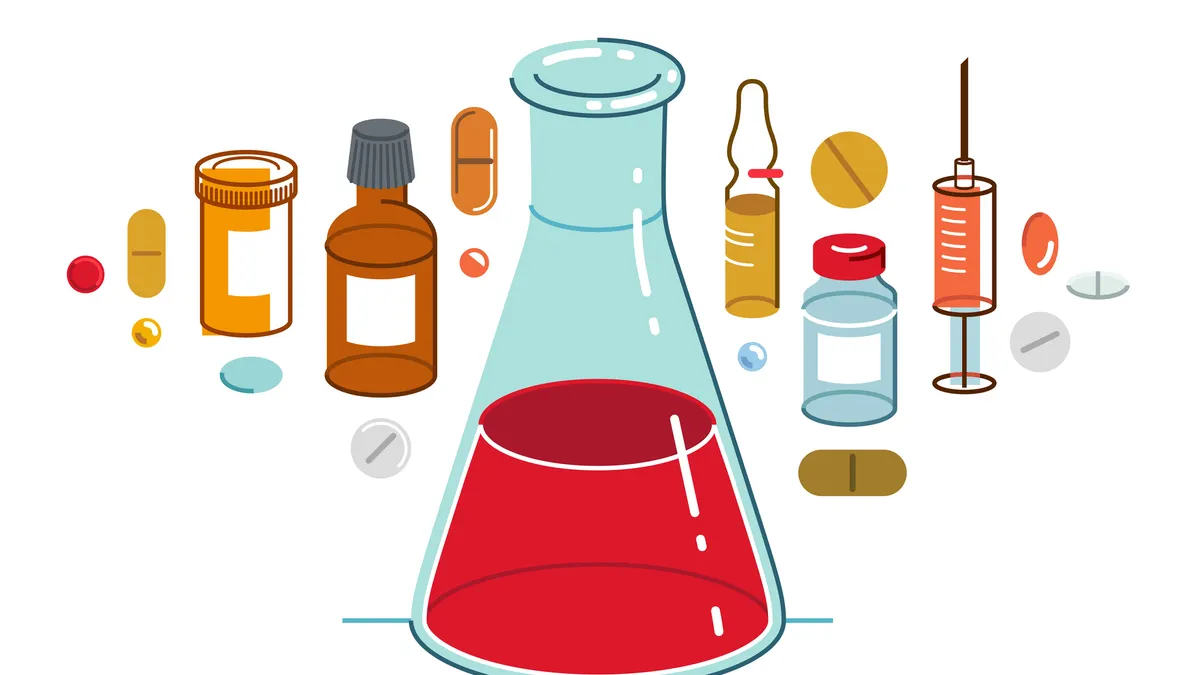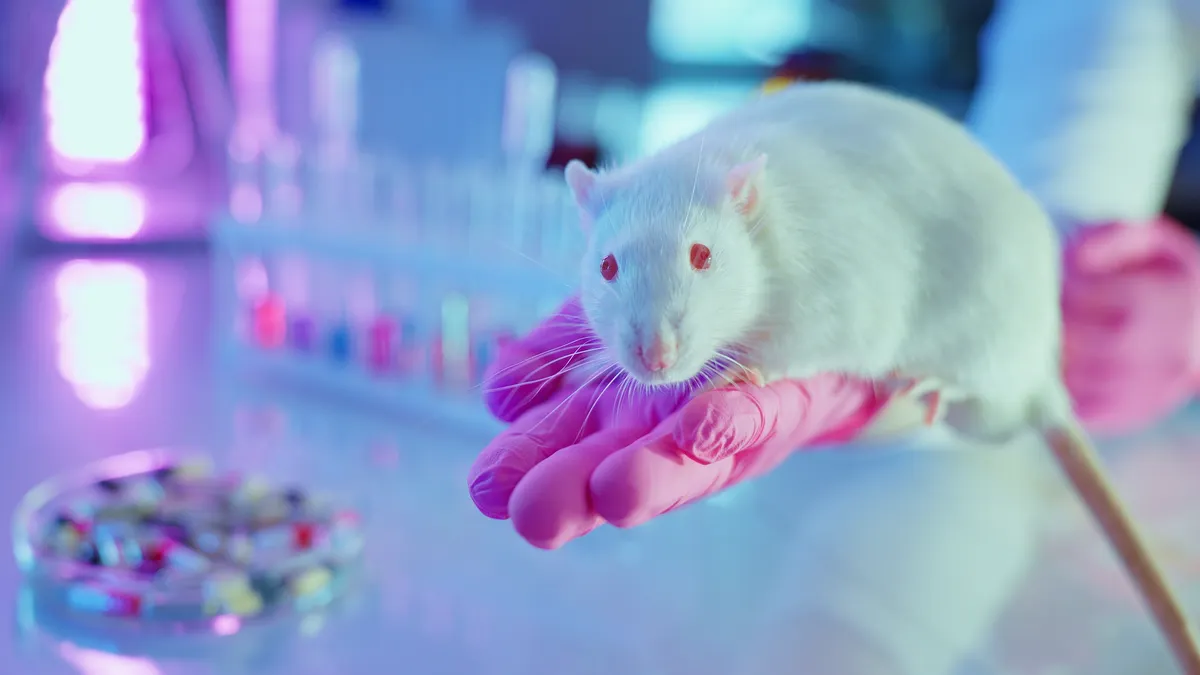Talk of pharma industry onshoring is reaching a fever pitch, with tariffs on foreign pharmaceuticals coming “very shortly,” Big Pharma companies pumping billions into U.S. manufacturing, and Eli Lilly and Merck & Co. partnering with Purdue University to launch an R&D manufacturing consortium to help boost U.S. production.
At the heart of the action is the Raleigh, North Carolina region, which is poised to be part of the incoming boom in manufacturing investments.
“Last year alone we had announcements of manufacturers, either setting up their operations here or expanding operations here, in the amount of a little over $10 billion of announced projects and about 4,500 jobs,” said Doug Edgeton, president and CEO of North Carolina Biotechnology Center.
The life sciences sector has been building a steady presence in Raleigh for decades, but that momentum has picked up in recent years, especially in biomanufacturing. And the area’s top-tier education system, built-in workforce development programs, lower costs and bountiful space are helping transform it into one of the country’s emerging biotech hubs.
The current landscape
North Carolina, which has about 108 pharmaceutical manufacturing sites and nearly 34,000 related employees, has long been known for its Research Triangle region that stretches across several counties and is home to more than 7,000 companies across multiple industries, including top life sciences companies Pfizer, Merck, GSK, Novo Nordisk and Biogen.
But Raleigh has become a particular draw. Among the city’s newer additions is Gilead Sciences, which recently located IT teams and additional support functions like human resources and finance to the area.
“The strength of [Raleigh's] market is our talent. This ecosystem drives great innovation.”

Kyle Touchstone
Director, Raleigh Economic Development
It’s also a manufacturing hub, with companies like Mallinckrodt Pharmaceuticals, the amino acids producer Ajinomoto, and antibodies and reagents manufacturer ImmunoReagents all having a presence in the city.
Additionally, the Raleigh region boasts several life sciences support companies, including the largest number of contract research organizations in the country, said Edgeton. In fact, North Carolina is known as the birthplace of the CRO, with early companies like Quintiles (now IQVIA) and PPD getting their start there in the early 1980s.
Fujifilm Diosynth Biotechnologies, a contract development and manufacturing organization for biologics, vaccines, cell and gene therapies, and oncolytic viruses, has also ramped up its presence recently, saying it will invest an additional $1.2 billion into its large-scale cell culture manufacturing facility in the Raleigh region.
Why it’s happening in Raleigh
Although biotech hotspots like Cambridge, New York and Los Angeles offer some of the world’s top universities and healthcare institutions, they’re hampered by high costs and a lack of real estate.
In contrast, the Raleigh region has appealing benefits for pharma including a high-quality talent pool, robust workforce development programs, a low corporate tax rate, grant programs, real estate appeal and a growing transportation system for shipping and supply chains.
“The strength of our market is our talent,” said Kyle Touchstone, director of Raleigh Economic Development. “This ecosystem drives great innovation.”
Contributing to that ecosystem are three top research universities: North Carolina State University, Duke University and the University of North Carolina at Chapel Hill, as well as several others. There’s also BioNetwork, a life sciences workforce development program offered at North Carolina community colleges, including Raleigh’s Wake Tech, which has the certificate program BioWork.
“They provide world-class training where a lot of our workforce can go in, get six months to a year’s worth of training, and then go work in one of our life sciences companies,” said Touchstone. “That’s basically free money to a company whenever they come here to train a workforce to meet their needs.”
Raleigh is also investing heavily in amenities like affordable housing, transit and the upcoming Raleigh Convention Center expansion project that promises to reimagine the downtown.
Pharmas coming to town
Three of the world’s largest pharmas are among the companies now pouring billions in the Raleigh region.
Last year, Novo Nordisk announced plans to invest $4.1 billion into a manufacturing facility in Clayton, North Carolina, to boost production of injectable drugs, including its blockbusters Ozempic and Wegovy. The project will build a second fill and finishing manufacturing facility and promises to add an additional 1,000 jobs to the region on top of the nearly 2,500 it’s already created there.
Johnson & Johnson is also investing heavily, funneling $2 billion into a biologics manufacturing facility in Wilson, North Carolina, that the company said will add about 420 full-time jobs.
Meanwhile, California-based Amgen is also set to expand its Raleigh-area footprint with a $1 billion investment to build a second drug substance manufacturing facility in Holly Springs that will create 370 new jobs and increase its total planned investment in the area to more than $1.5 billion.
Smaller companies are building, too, including SCHOTT Pharma USA, which will establish a new production facility in Wilson County, investing $371 million and creating 401 jobs.
Even the COVID-19 pandemic didn’t slow the pace of growth in the region, which keeps getting busier each year. Now, 29 life sciences projects are in active development, Edgeton said. That growth will likely continue as the pharma and biotech industries ramp up domestic production.
“We are seeing requests that people want to onshore,” Edgeton said. “We're hearing opportunity [from] a number of companies looking to just make sure they have the ability to distribute and produce in the United States.”


